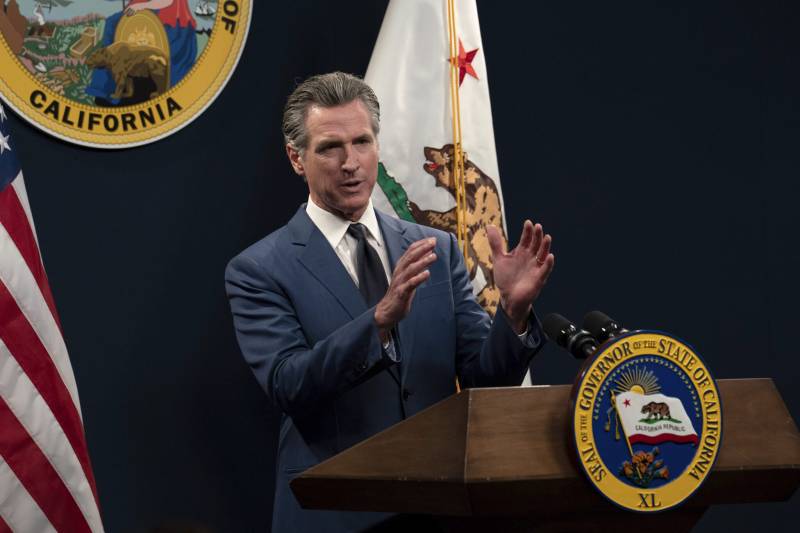The cost-of-living adjustment (COLA), which is based on a federal formula tied to the cost of goods and services but does not factor in regional costs, including housing, will be only 1.07% for 2024–25, forcing further belt-tightening. One option for school districts, giving layoff notices to staff, will be off the table. State law allows an additional round of layoffs in August in years when the COLA is less than 2%, but at the urging of public employee unions, Newsom and legislative leaders included a clause prohibiting late summer layoffs. They have done the same statutory override before.
The initial reaction from two veteran TK–12 budget watchers was mixed. “This budget remarkably insulates K–14 funding from cuts, abides by constitutional requirements to restore funding in the future, and even provides a modest cost-of-living increase, all amid a record budget shortfall. Pretty amazing,” wrote Kevin Gordon, president of Capitol Advisors Group, a school consultancy firm.
Rob Manwaring, senior policy and fiscal adviser with the nonprofit advocacy organization Children Now, was cautious. “While the final budget is perhaps the best schools could anticipate given the budget challenges, we worry about the size of the suspension for schools, $8.3 billion,” he wrote. “Schools will eventually get paid back those funds in future years on top of the minimum guarantee, but these payments will result in increased school funding volatility and uncertainty until they are paid back.”
And if revenues falter next year, schools and community colleges will no longer have a rainy day fund to turn to since it will be depleted.
Proposition 98 juggling act
The proposed 2024–25 budget for schools and community colleges will be balanced, if revenue projections hold true, by juggling three years of Proposition 98 shortfalls, with one year’s solution creating the next year’s dilemma.
The big drop was in 2022–23 when the Legislature “over-appropriated” the minimum Proposition 98 guarantee by $8.8 billion, while state revenue from the post-COVID stock market and the tech sector plummeted. Legislators didn’t see the warning signals because winter storms had pushed back the tax filing deadline from April to November.
Under the mechanics of Proposition 98, the funding level for 2022–23 becomes the base level for 2023–24, even though the state still lacks the revenue to pick up the tab. So, all but $1 billion of the $8.4 billion in the education rainy day fund will be drained to cover some of the 2023–24 deficit and the $2.6 billion deferral from the year before.
On top of that, the budget deal calls for suspending $8.3 billion of the Proposition 98 funding for 2023–24. That has the effect of lowering the minimum guaranteed funding by that amount while freeing up money to avoid deeper cuts in other state operations. That’s how the Legislature can restore cuts in 2024–25 for child care and preschool that Newsom had planned.
The architects of Proposition 98 wanted to discourage the Legislature from suspending the law. So, it requires the Legislature to declare a fiscal emergency and to make the suspended funding a priority for repayment as soon as there is new revenue. The 2024–25 budget assumes the state will have enough new revenue to pay back at least $4 billion of the suspended $8 billion, maybe more. But if revenues falter, districts won’t get what they’re entitled to, with no set date for repayment.
That’s why the deal is also a gamble for schools and community colleges.
There’s one more wrinkle. To raise revenue quickly, the Legislature has accelerated the temporary, three-year suspension of two tax benefits for large and medium-sized businesses: net operating loss deductions and tax credits. The period will start in 2024–25, one year ahead of schedule. It will yield a projected $5 billion, with $2 billion going to Proposition 98 — funding that will be used to pay down deferrals.
Between this new money and the $4 billion payback for suspended funding, the Proposition 98 minimum guarantee is expected to rise to a record $115.3 billion in 2024–25.
As with all deadline negotiations, legislators will have at most three days to review hundreds of pages of budget details spread over 16 separate bills. Newsom, Senate President pro Tempore Mike McGuire (D-Healdsburg), and Speaker of the Assembly Robert Rivas (D-Hollister) expect that legislators will demand some changes when they return from vacation in August.
This story originally appeared in EdSource.

